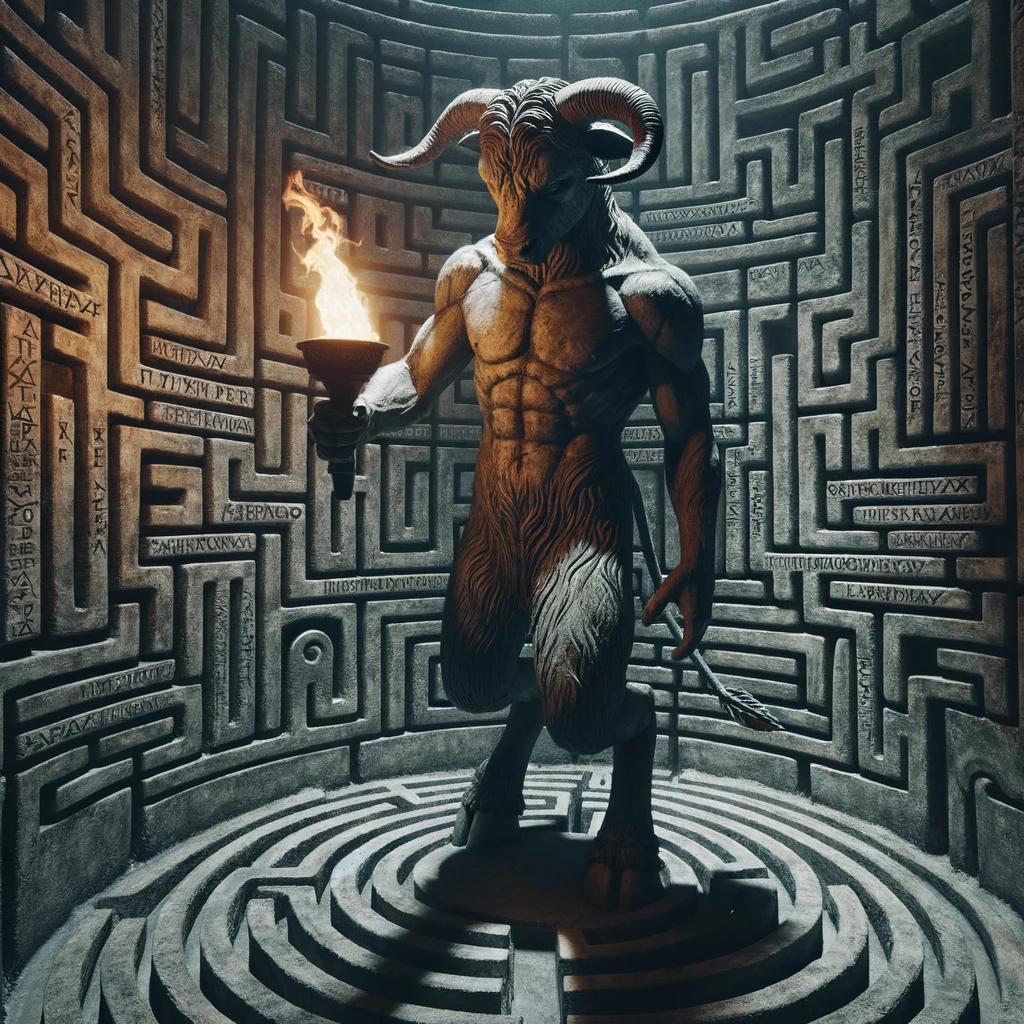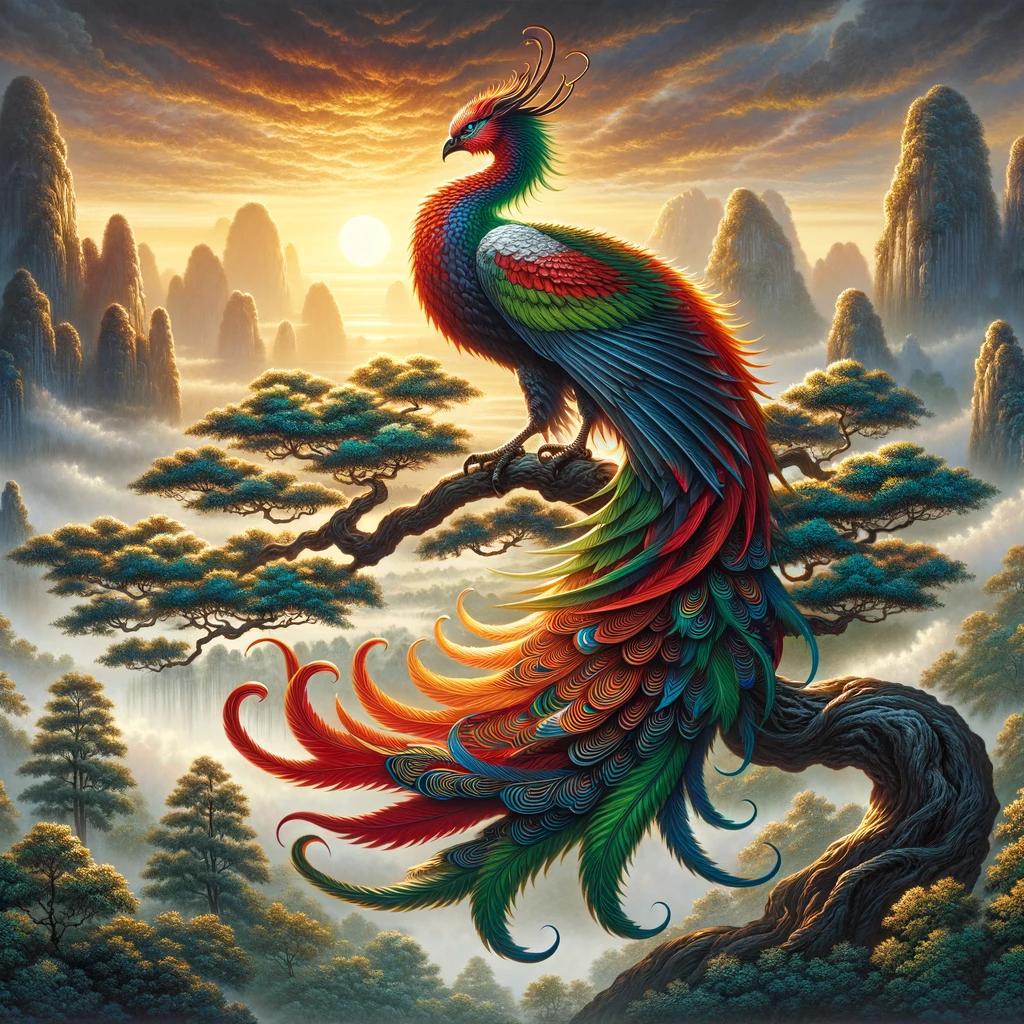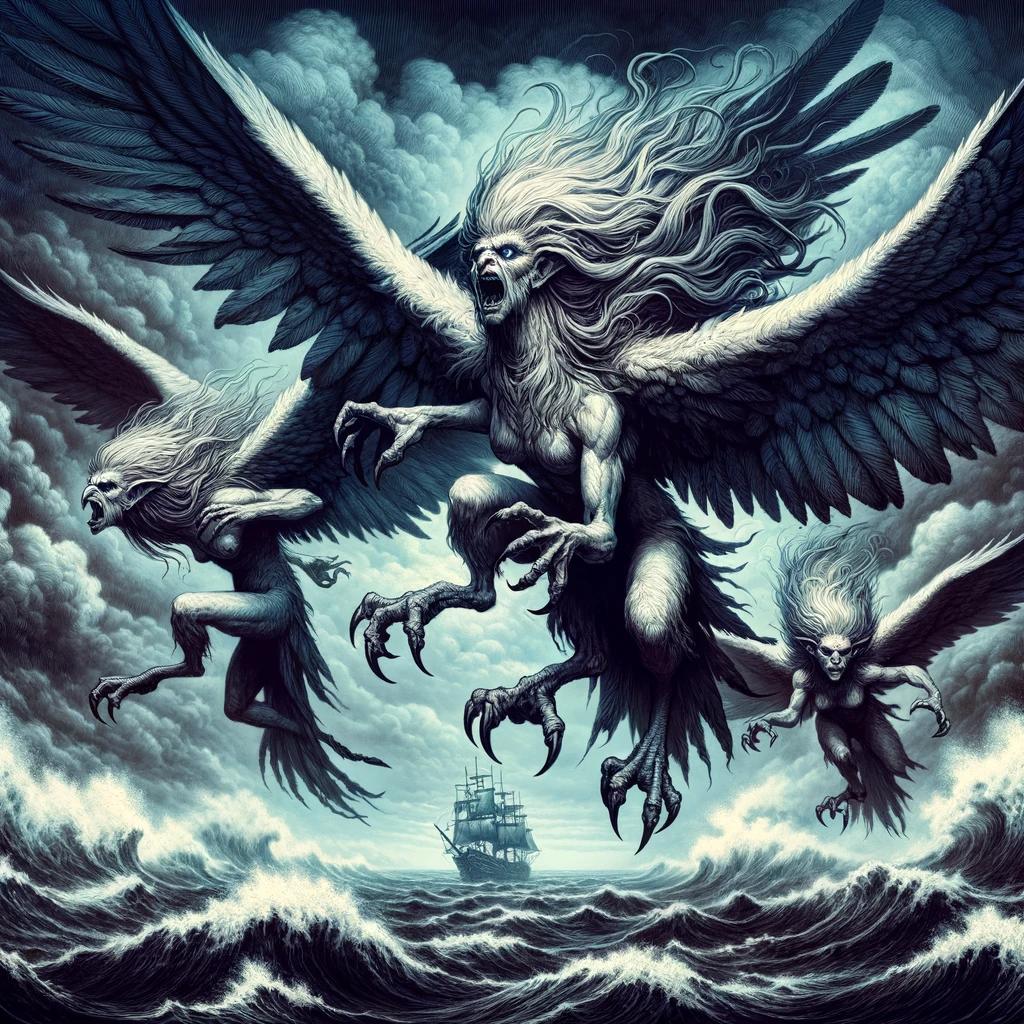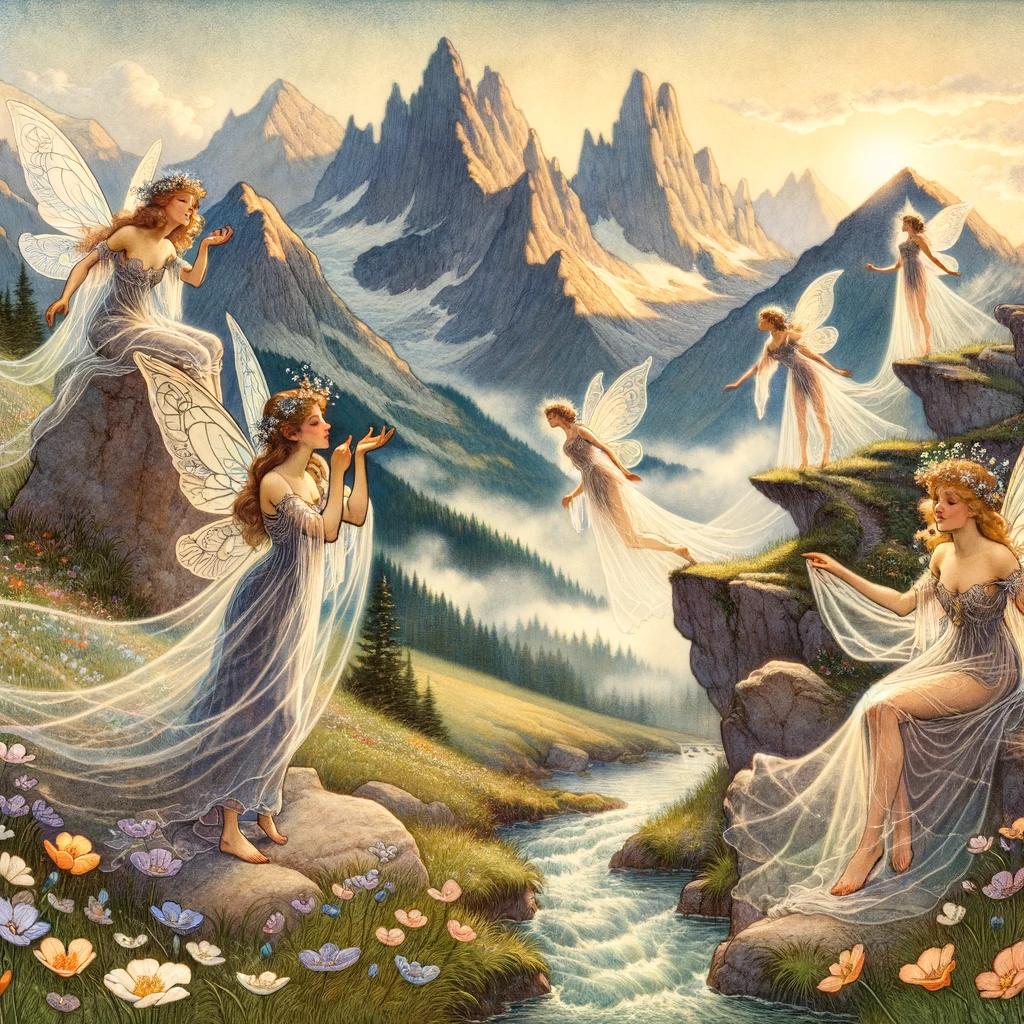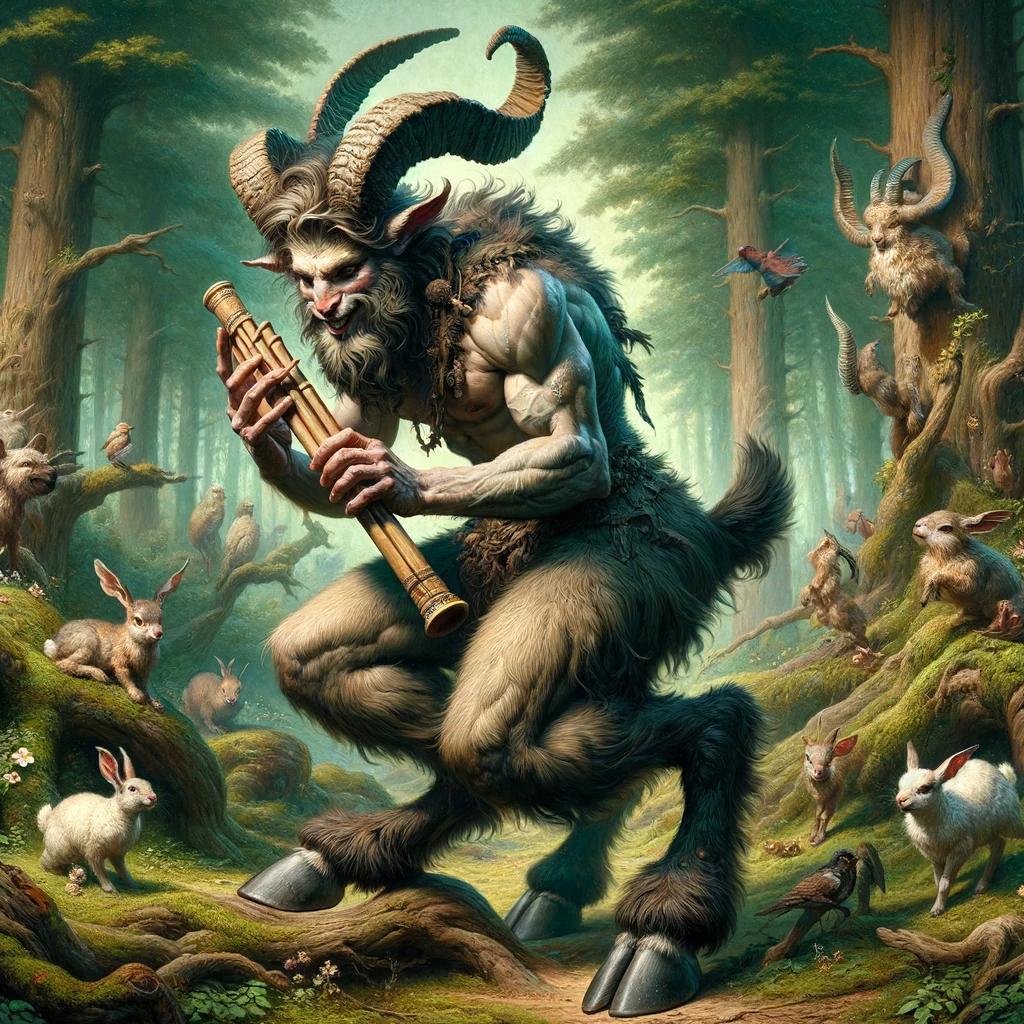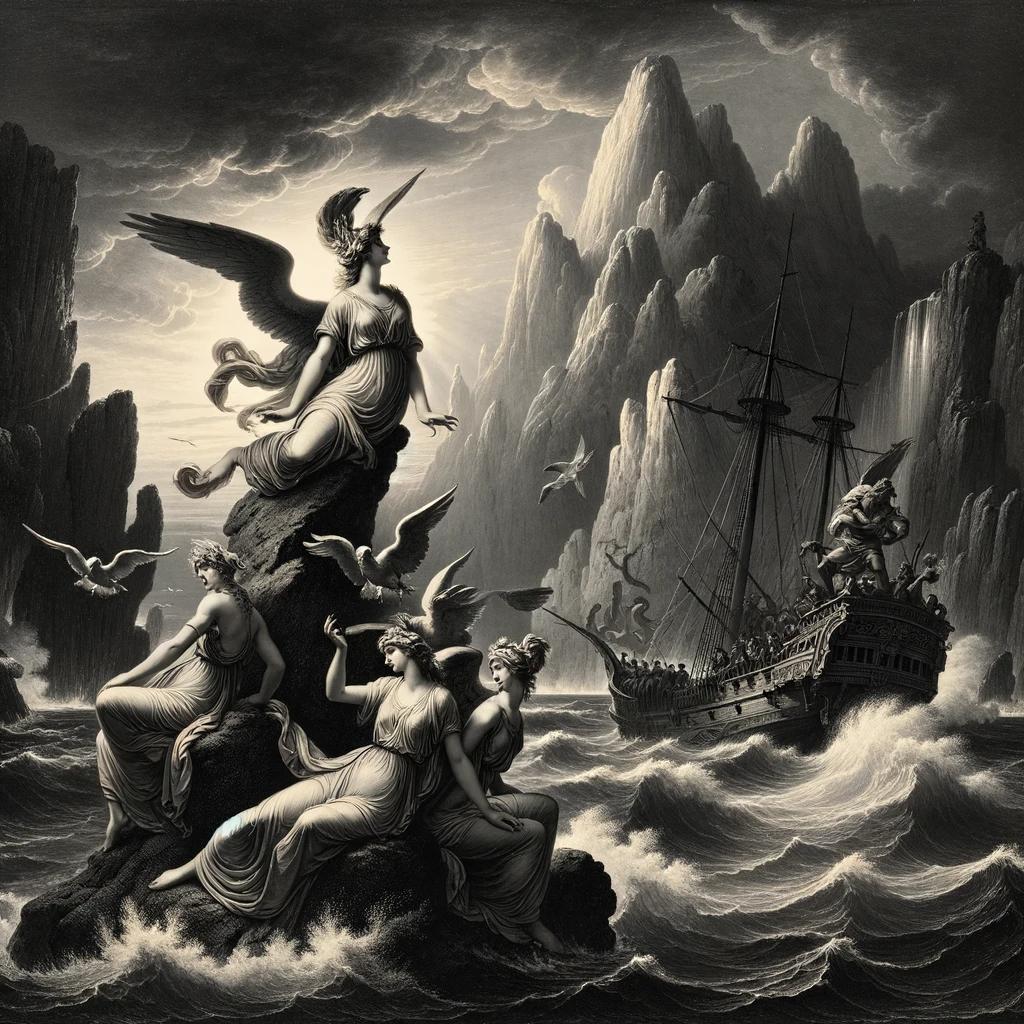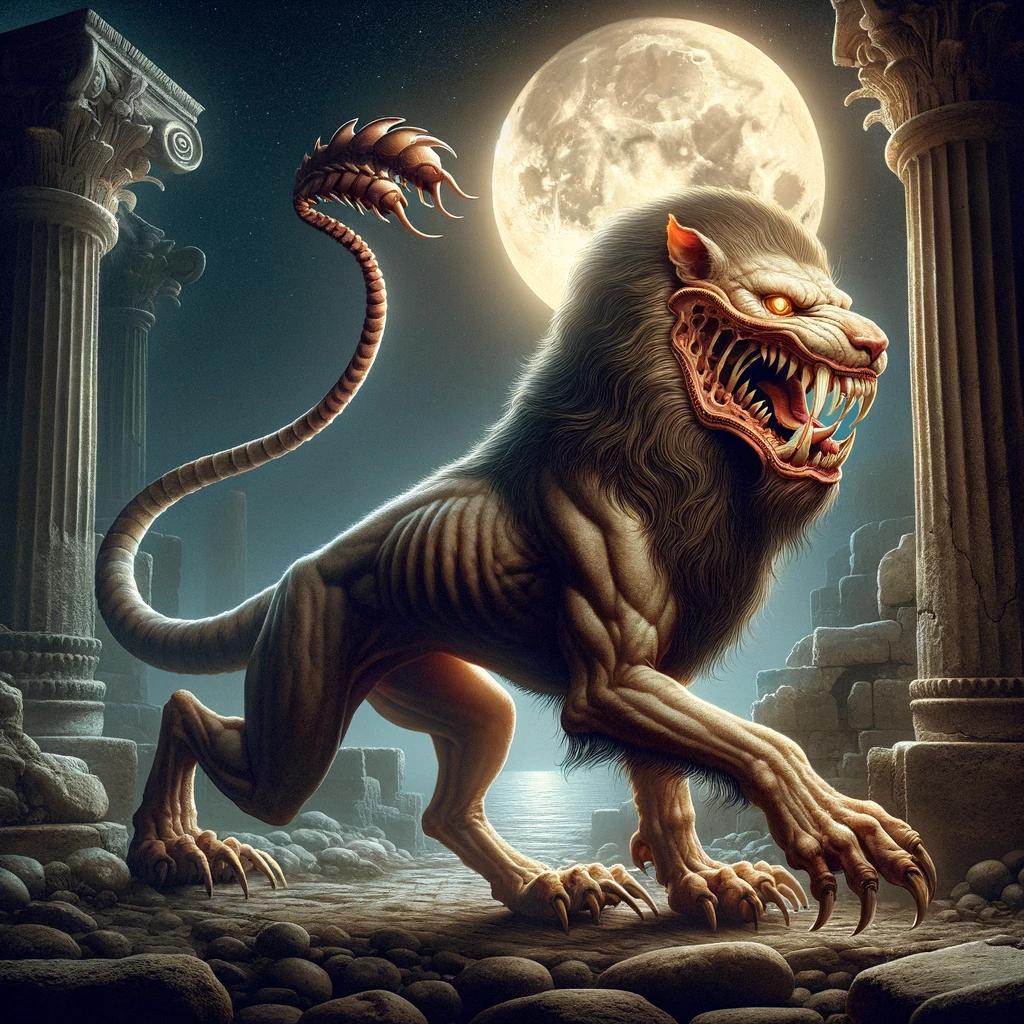Unveiling the Mysteries of Minotaur Greek Mythology in Ancient Greece
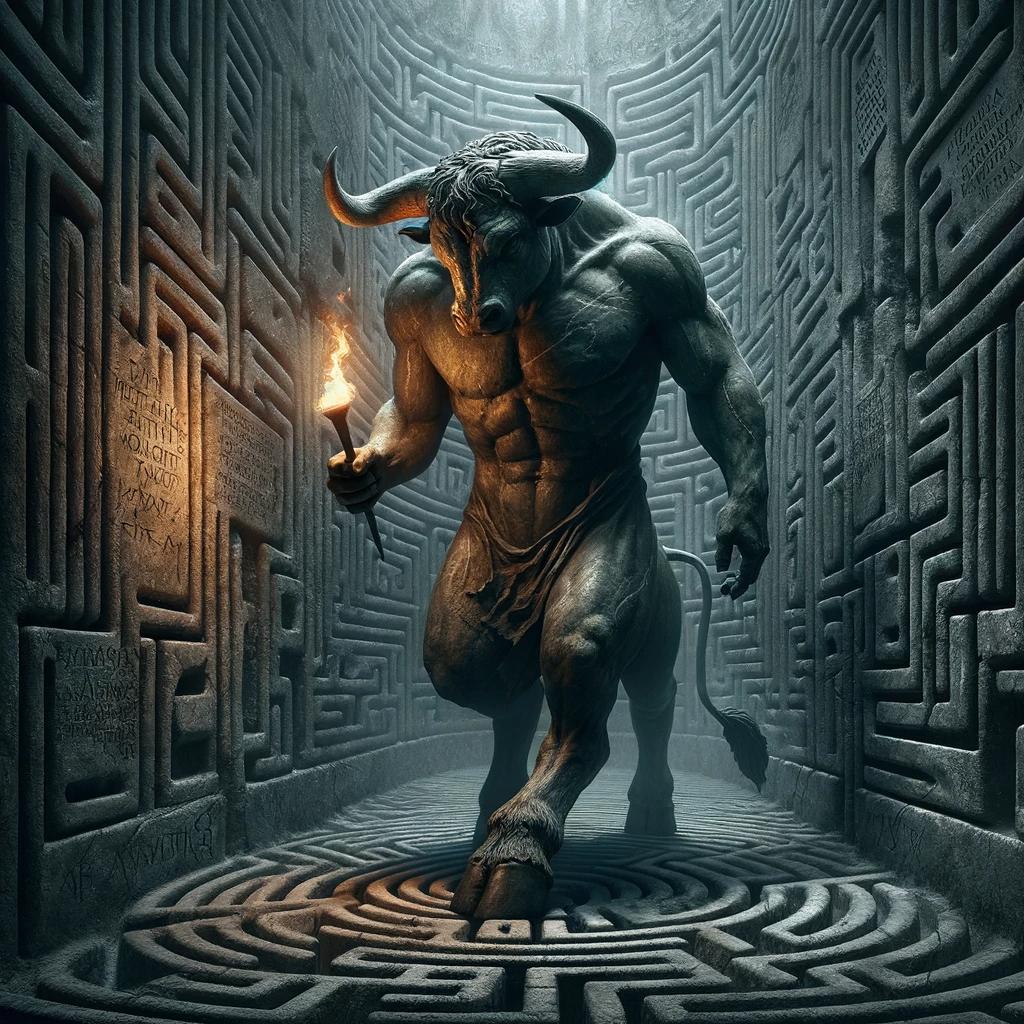
The Minotaur, a mythical creature from ancient Greece, has garnered fascination and intrigue throughout history. With the head and tail of a bull and the body of a man, the Minotaur resided in the famed Labyrinth of Crete, built by the architect Daedalus.
This article explores the origins, significance, and heroic confrontation of the Minotaur, shedding light on the enigmatic myth. Delve into the captivating story, unravel the mysteries of the labyrinth, and contemplate the cultural impact and interpretations surrounding the minotaur’s narrative.
Discover the intriguing connections between the minotaur and the Taurus constellation, while reevaluating its character and nature in different contexts.
Overview of Minotaur: Exploring the Greek Mythology
The Minotaur, a mythical creature from ancient Greek mythology, has captured the imagination of people for centuries. This section delves into the origins and legend of the Minotaur, shedding light on the fascinating story behind this enigmatic being.
Additionally, we will explore the significance of the Minotaur in Greek mythology, examining its role and symbolism within the ancient Greek cultural context.
Origins and Legend of the Minotaur
The legend of the Minotaur traces back to the marriage of King Minos of Crete and Queen Pasiphae. According to the story, Poseidon, the god of the sea, sent a white bull to Minos as a sacrifice, but Minos spared its life.
This act angered Poseidon, resulting in Pasiphae falling in love with the bull and giving birth to the half-human, half-bull creature known as the Minotaur.
Significance of the Minotaur in Greek Mythology
The Minotaur played a significant role in Greek mythology, embodying various themes and symbolisms.
Its presence in the labyrinth of Crete, designed by the skilled architect Daedalus, represented the embodiment of monstrous and primal instincts. The Minotaur’s insatiable hunger for human flesh represented the consequence of unchecked desires and the dark side of human nature.
Its defeat by the hero Theseus symbolized the triumph of reason and heroism over chaos and savagery.
Theseus and the Minotaur: Heroic Confrontation
The legendary confrontation between Theseus and the Minotaur stands as one of the most celebrated and heroic tales in Greek mythology. This section delves into the heroic journey undertaken by Theseus, his adventures in Crete to face the fearsome Minotaur, and the key elements that unravel the enigma of their fateful encounter.
The Heroic Journey of Theseus
Theseus, an Athenian hero, volunteered to embark on a perilous journey to confront the fearsome Minotaur. Driven by his sense of justice and courage, Theseus set off on a mission that would test his mettle and determine the fate of his people.
The Crete Adventure: Theseus versus the Minotaur
Arriving in Crete, Theseus faced a daunting challenge: navigating the complex and treacherous Labyrinth constructed by Daedalus, where the Minotaur resided. Armed with a sword given to him by his father, Theseus embarked on a battle against the monstrous creature, a clash that would determine the destiny of Athens and Crete.
Unraveling the Enigma: Key Elements of the Myth
Within the story of Theseus and the Minotaur lie intriguing and symbolic elements that add depth and meaning to the myth. From the courageous sacrifice of Theseus to the crucial role played by Ariadne and her thread, the tale captivates with its layers of symbolism, resilience, and triumph against seemingly insurmountable odds.
The Labyrinth of Crete: A Maze of Mystery
The Labyrinth of Crete, considered an architectural marvel, was intricately designed by the legendary craftsman Daedalus. This maze-like structure served as the formidable prison for the fearsome Minotaur. Exploring the labyrinth unveils the function and symbolism behind its construction, as well as the enduring debate surrounding the navigation challenges it posed.
The Architectural Marvel: Design by Daedalus
The Labyrinth’s design, attributed to the gifted craftsman Daedalus, showcased his exceptional skills and ingenuity. Intricate corridors and winding paths formed an intricate web, ensuring that anyone who dared enter would become lost within its winding walls.
It was an architectural masterpiece that showcased the unparalleled craftsmanship of its creator.
Function and Symbolism of the Labyrinth
- The primary function of the Labyrinth was to confine the Minotaur, keeping the monster isolated from the outside world.
- Symbolically, the labyrinth represented both the physical and psychological challenges one may encounter in life.
Its intricate and confusing passages mirrored the complexities and obstacles individuals face on their personal journeys.
- Furthermore, the labyrinth served as a metaphorical representation of the duality of life, reflecting the struggle between good and evil, light and darkness.
Navigation Challenges: Legend or Reality?
The navigation challenges within the labyrinth have been a subject of much debate.
Some interpretations suggest that Daedalus designed the maze with deliberate twists and turns to confuse and trap intruders, while others argue that it was merely a product of architecture, lacking intentional navigational complexity.
Legend has it that Daedalus himself could navigate the labyrinth with ease, thanks to his intimate knowledge of its design. This has fueled speculations regarding the existence of secret pathways and hidden doors within the maze.
Though there are no concrete historical records of the labyrinth’s actual existence, its concept and presence have endured through various myths and literary works.
The Labyrinth of Crete remains a captivating aspect of the Minotaur’s story, its intricate design and enigmatic nature continuing to spark the imagination of those seeking to uncover its secrets.
Minotaur’s Story: The Misfortunes and Fate
Discover the tragic tale of the Minotaur, delving into the misfortunes that befell this mythical creature throughout its existence.
The Birth of the Minotaur: Pasiphae’s Curse
At the heart of the Minotaur’s story lies the curse upon Pasiphae, the queen of Crete. As punishment for her husband King Minos’ refusal to fulfill his promise to sacrifice the sacred white bull from Poseidon, Pasiphae was plagued with an uncontrollable desire for the majestic creature.
King Minos’ Rule and Cruel Sacrifices
King Minos, driven by a desire for power and control, demanded cruel sacrifices to satisfy the Minotaur’s insatiable hunger. Athens, as part of the punishment for a past offense, was forced to send young Athenian men and maidens as sacrificial tributes to the dreaded labyrinth of Crete.
The Tragic Life of the Minotaur in Captivity
Imprisoned within the labyrinth, the Minotaur endured a life of solitude and despair. Feeding on the flesh of innocent victims, it was a creature trapped by its own monstrous nature. Forced to roam the maze, its existence was a haunting reminder of the consequences of greed and unchecked ambition.
Interpretations and Cultural Impact of the Minotaur Myth
Interpretations of the Minotaur myth go beyond its literal representation, delving into psychological and symbolic dimensions. Scholars have analyzed the Minotaur as a metaphor for inherent human desires and instincts that are often repressed or hidden.
This interpretation emphasizes the struggle between our animalistic nature and our rational, civilized selves, reflecting the eternal conflict within individuals and society as a whole.
Psychological and Symbolic Interpretations
Psychologists have explored the Minotaur myth as a symbol of the unconscious mind, particularly the shadow self. The Minotaur represents the repressed and wild aspects of the human psyche, embodying our deepest fears, passions, and irrational impulses.
By facing and integrating these darker elements, one can achieve personal growth and inner transformation. The labyrinth becomes a metaphorical journey of self-discovery and self-acceptance.
Representation in Arts, Literature, and Pop Culture
The Minotaur has fascinated artists, writers, and filmmakers throughout history, leaving an indelible mark in various artistic expressions.
In paintings and sculptures, the Minotaur is often depicted as a fearsome creature, symbolizing the darker side of human nature. In literature, the myth has been reimagined and retold in countless ways, exploring themes of identity, power, and the human condition.
In modern pop culture, the Minotaur continues to make appearances, serving as a source of inspiration for novels, movies, and even video games.
The Minotaur in Modern Society: Lessons and Relevance
While the Minotaur myth originated in ancient Greece, its lessons and relevance endure in modern society.
The story reminds us of the dangers of unchecked power, the consequences of hubris, and the importance of self-reflection and personal growth. It serves as a cautionary tale, urging us to confront our own inner monsters and strive for a balance between our primal instincts and our moral compass.
By studying the Minotaur myth, we gain insights into our own humanity and the complexities of the human experience in today’s world.
6. Unraveling the Astral Connection: Minotaur and Taurus Constellation
In this section, we delve into the intriguing relationship between the Minotaur and the Taurus constellation, exploring the mythical and astronomical connections that have captivated ancient Greek culture.
Asterion, the Minotaur: Myth and Stellar Associations
Asterion, known as the Minotaur, holds a significant place in Greek mythology as a symbol of strength and tragedy. We explore the ancient associations between Asterion and the stars, uncovering the unique connection that enriched this enigmatic creature’s story.
Exploring Taurus: From Greek Mythology to Astronomy
Our journey continues as we examine the Taurus constellation, known as the Bull, which plays a prominent role in Greek mythology. We unravel the origins and significance of Taurus, tracing its celestial narrative and its relation to the Minotaur’s mythic existence.
The Significance of Astral Myths in Ancient Greek Culture
Furthermore, we discuss the broader importance of astral myths in ancient Greek culture. We delve into the belief systems and cultural significance attached to celestial symbolism, shedding light on the profound influence these celestial narratives had on the understanding of the Minotaur and other mythical beings.
Controversial Depictions: Re-evaluating the Minotaur’s Nature
Victim or Monster: Evaluating the Minotaur’s Character
The portrayal of the Minotaur in Greek mythology raises questions about his true nature. Is he merely a monstrous creature to be feared, or is there more to his story? This section delves into the various interpretations and debates surrounding the Minotaur’s character.
Some argue that the Minotaur is a victim of circumstances, born out of the ambitions and mistakes of others, while others view him as an embodiment of pure evil.
Societal Context and Moral Considerations
Examining the societal context of the Minotaur myth reveals intriguing moral considerations.
The act of sacrificing young Athenians and maidens to appease the Minotaur’s hunger poses ethical dilemmas. This section explores the implications of such rituals and the underlying societal values that allowed this practice to persist.
It also raises questions about power dynamics, social order, and the consequences of desperate choices made by rulers.
Shifting Perspectives: Reexamining the Minotaur Narrative
Over time, perspectives on the Minotaur myth have shifted, offering new insights into the story. This section highlights how modern interpretations and storytelling techniques have reexamined the Minotaur narrative. It explores retellings and adaptations that present alternative viewpoints, portraying the Minotaur in a more empathetic light.
From psychological analyses to reevaluations of the societal constructs surrounding the Minotaur, this section reflects on the evolving understanding of this fascinating mythological figure.
.

